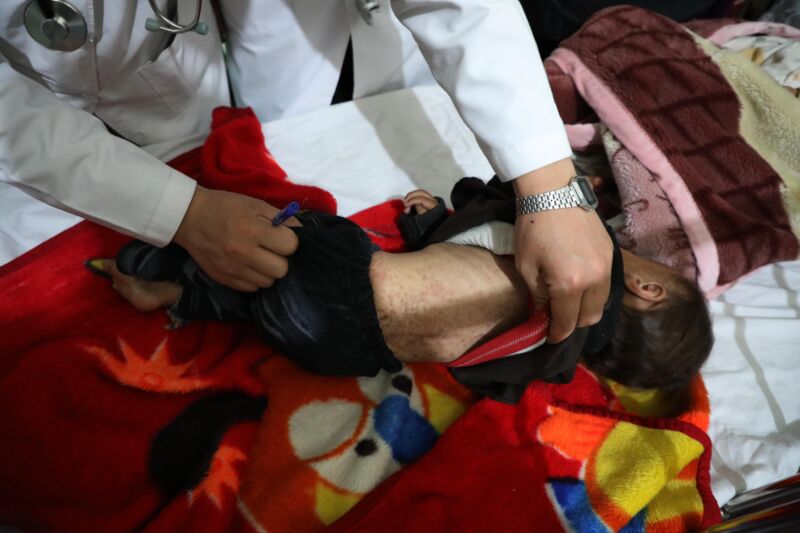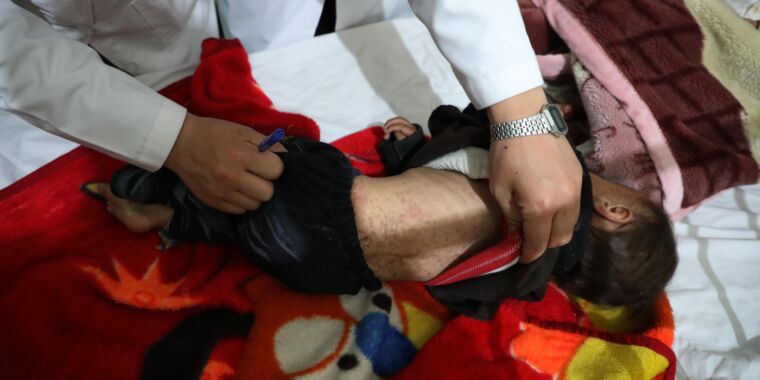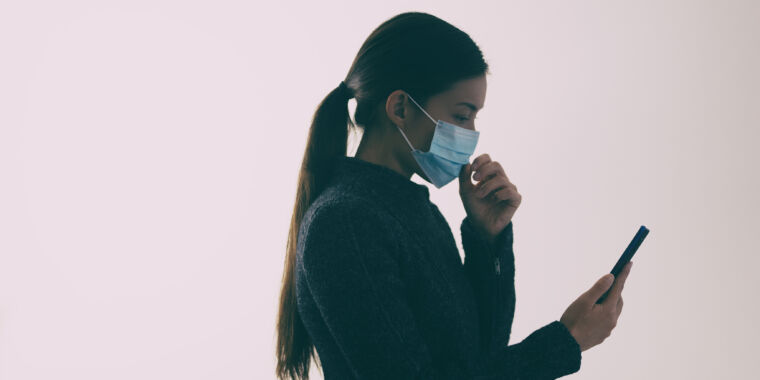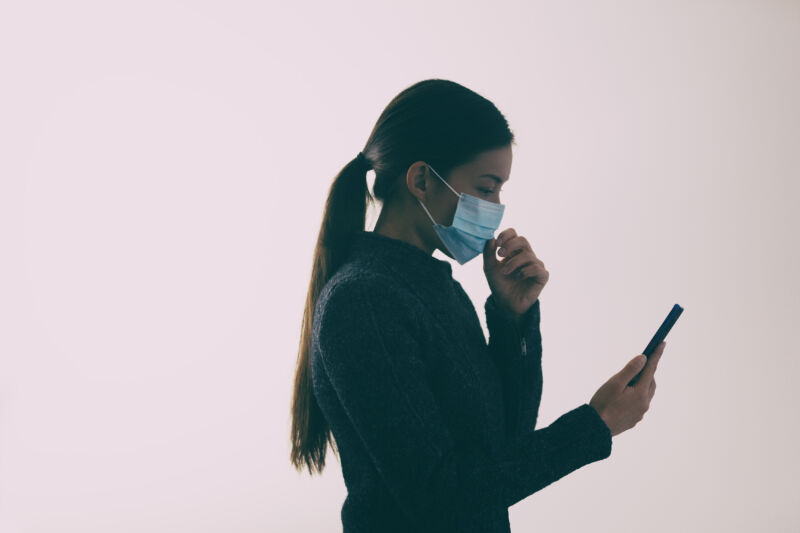Health experts plead for unvaxxed Americans to get measles shot as cases rise
MMR is safe and effective —
The US hit last year’s total in under 12 weeks, suggesting we’re in for a bad time.

Enlarge / A view from a hospital as children receiving medical treatment, in capital Kabul, Afghanistan on April 18, 2022. More than 130 children have died from the measles in Afghanistan since the beginning of this year.
The Centers for Disease Control and Prevention and the American Medical Association sent out separate but similar pleas on Monday for unvaccinated Americans to get vaccinated against the extremely contagious measles virus as vaccination rates have slipped, cases are rising globally and nationally, and the spring-break travel period is beginning.
In the first 12 weeks of 2024, US measles cases have already matched and likely exceeded the case total for all of 2023. According to the CDC, there were 58 measles cases reported from 17 states as of March 14. But media tallies indicate there have been more cases since then, with at least 60 cases now in total, according to CBS News. In 2023, there were 58 cases in 20 states.
“As evident from the confirmed measles cases reported in 17 states so far this year, when individuals are not immunized as a matter of personal preference or misinformation, they put themselves and others at risk of disease—including children too young to be vaccinated, cancer patients, and other immunocompromised people,” AMA President Jesse Ehrenfeld said in a statement urging vaccination Monday.
The latest data indicates that vaccination rates among US kindergarteners have slipped to 93 percent nationally, below the 95 percent target to prevent the spread of the disease. And vaccine exemptions for non-medical reasons have reached an all-time high.
The CDC released a health advisory on Monday also urging measles vaccination. The CDC drove home the point that unvaccinated Americans are largely responsible for importing the virus, and pockets of unvaccinated children in local communities spread it once it’s here. The 58 measles infections that have been reported to the agency so far include cases from seven outbreaks in seven states. Most of the cases are in vaccine-eligible children aged 12 months and older who are unvaccinated. Of the 58 cases, 54 (93 percent) are linked to international travel, and most measles importations are by unvaccinated US residents who travel abroad and bring measles home with them, the CDC flagged.
The situation is likely to worsen as Americans begin spring travel, the CDC suggested. “Many countries, including travel destinations such as Austria, the Philippines, Romania, and the United Kingdom, are experiencing measles outbreaks,” the CDC said. “To prevent measles infection and reduce the risk of community transmission from importation, all US residents traveling internationally, regardless of destination, should be current on their [measles-mumps-rubella (MMR)] vaccinations.” The agency added in a recommendation to parents that “even if not traveling, ensure that children receive all recommended doses of MMR vaccine. Two doses of MMR vaccine provide better protection (97 percent) against measles than one dose (93 percent). Getting MMR vaccine is much safer than getting measles, mumps, or rubella.”
For Americans who are already vaccinated and communities with high vaccination coverage, the risk is low, the CDC noted. “However, pockets of low coverage leave some communities at higher risk for outbreaks.” This, in turn, threatens wider, continuous spread that could overturn the country’s status of having eliminated measles, which was declared in 2000. The US was close to losing its elimination status in 2019 when outbreaks among unvaccinated children drove 1,247 cases across 31 states. Vaccination rates have only fallen since then.
“The reduction in measles vaccination threatens to erase many years of progress as this previously eliminated vaccine-preventable disease returns,” the AMA’s Ehrenfeld warned.
As Ars has reported previously, measles is among the most contagious viruses known and can linger in airspace for up to two hours. Up to 90 percent of unvaccinated people exposed will contract it. Symptoms can include high fever, runny nose, red and watery eyes, and a cough, as well as the hallmark rash. About 1 in 5 unvaccinated people with measles are hospitalized, while 1 in 20 infected children develop pneumonia, and up to 3 in 1,000 children die of the infection. Brain swelling (encephalitis) can occur in 1 in 1,000 children, which can lead to hearing loss and intellectual disabilities. The virus can also destroy immune responses to previous infections—a phenomenon known as “immune amnesia”—which can leave children vulnerable to various other infections for years afterward.
Health experts plead for unvaxxed Americans to get measles shot as cases rise Read More »




